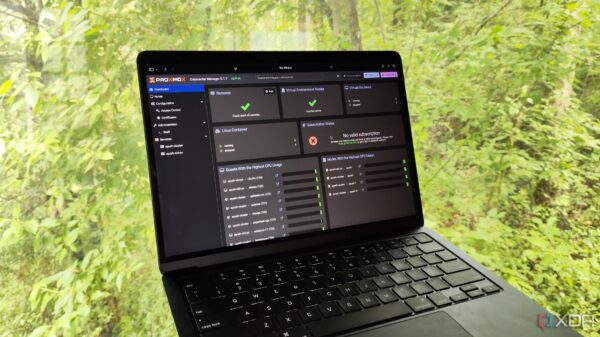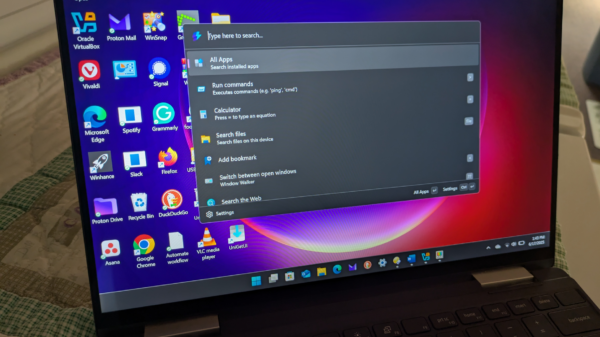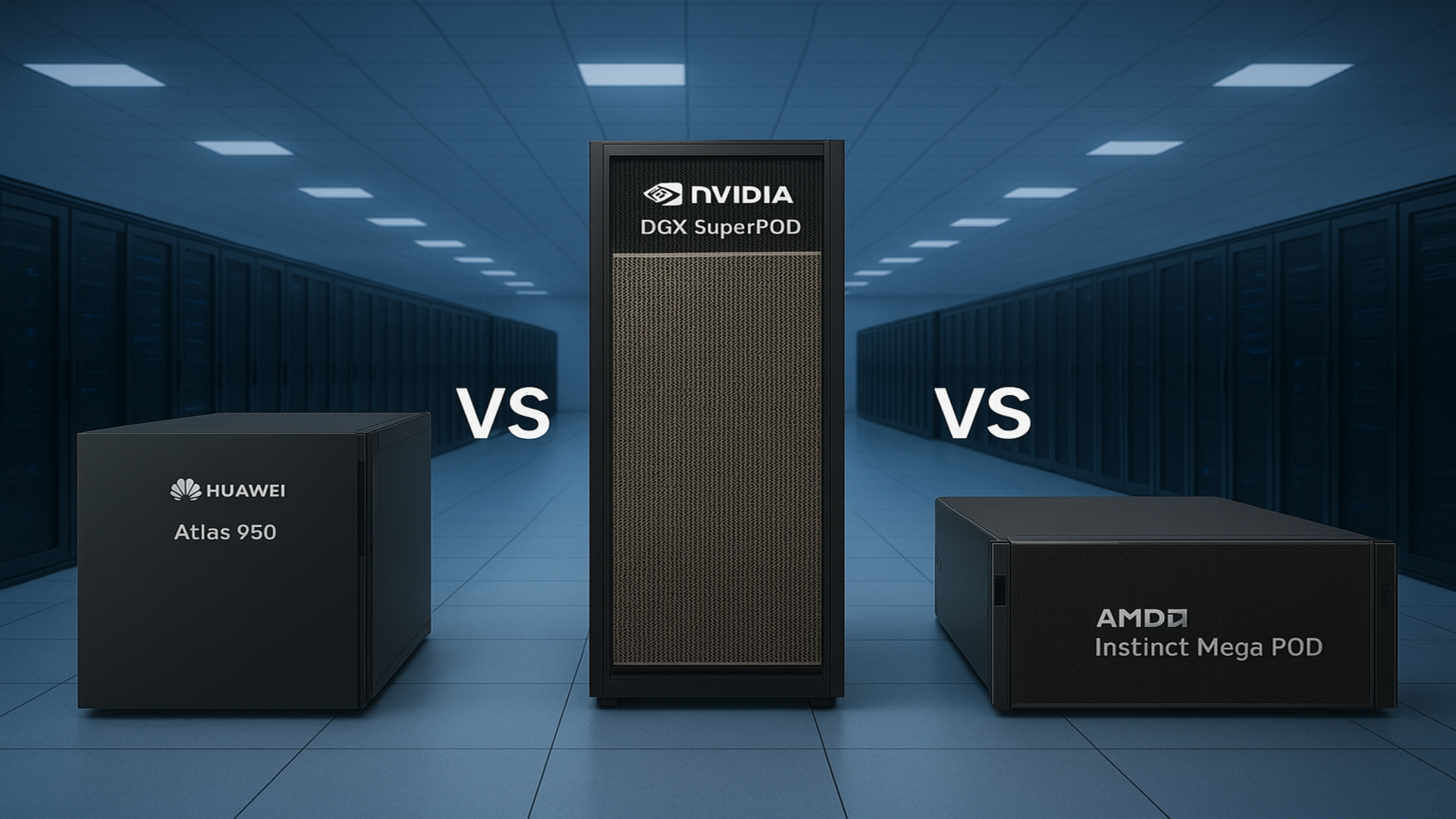The competition among leading technology firms to dominate the AI supercomputing market is heating up, with three major players unveiling their latest offerings. Huawei has introduced its Atlas 950 SuperPoD, while Nvidia showcases the DGX SuperPOD, and AMD prepares to launch the Instinct MegaPod. Each system aims to deliver high-performance computing capabilities to support advanced AI applications, including generative models and drug discovery.
These supercomputers are tailored for demanding workloads, and the differences among them reflect unique design philosophies. Huawei’s Atlas 950 SuperPoD leverages a substantial array of 8,192 Ascend 950 NPUs, claiming peak performance levels of up to 8 exaFLOPS for FP8 and 16 exaFLOPS for FP16 tasks. The architecture emphasizes scaling and density, designed to handle extensive AI training and inference operations.
In contrast, Nvidia’s DGX SuperPOD employs a more conventional approach. Built on DGX A100 nodes, it hosts 20 nodes that collectively feature 160 A100 GPUs. This setup optimally supports mixed precision tasks, delivering a different flavor of performance that enterprises have come to trust. The integration of high-speed InfiniBand networking is a critical aspect, ensuring low latency and predictable performance.
AMD‘s Instinct MegaPod is still a work in progress, but early insights suggest it will feature 256 Instinct MI500 GPUs alongside 64 Zen 7 “Verano” CPUs. While specific performance metrics are pending, AMD aims to challenge Nvidia’s dominance by focusing on efficiency and scalability, planning to use next-generation PCIe Gen 6 technology.
Comparative Performance and Specifications
When examining the specifications of these systems, several key differences emerge. The Atlas 950 SuperPoD is designed for high-density processing, featuring a proprietary interconnect called UnifiedBus 2.0. The system aims to facilitate seamless networking among thousands of NPUs, claiming over a petabyte of memory and a system bandwidth of 16.3 petabytes per second.
Nvidia’s offering does not compete with such extreme throughput figures, but its 52.5 terabytes of system memory and 49 terabytes of high-bandwidth GPU memory are tailored for consistent performance. The InfiniBand connections, capable of up to 200 Gbps per node, ensure that enterprise workloads run smoothly.
AMD’s MegaPod, with its focus on future scalability, is expected to employ innovative networking fabrics that promise to redefine interconnect speeds. The upcoming Vulcano switch ASICs are projected to deliver up to 102.4 Tbps capacity, indicating a bold approach to networking that could alter the competitive landscape.
Design and Deployment Strategies
Design philosophies also vary significantly among these supercomputers. Huawei’s Atlas 950 SuperPoD is engineered for expansion, with potential configurations capable of accommodating up to half a million Ascend chips. Such a setup may require extensive physical space, with claims that it could involve over a hundred cabinets across a thousand square meters.
On the other hand, Nvidia’s DGX SuperPOD adopts a compact design, which makes it easier for enterprises to deploy without the need for extensive infrastructure. Its cluster-style integration allows for efficient use of space, appealing to organizations with limited resources.
AMD’s MegaPod strikes a balance between the two extremes, featuring a modular design that includes two racks of compute trays and a dedicated networking rack. This architecture is aimed at providing powerful performance while maintaining flexibility for future upgrades.
In terms of availability, Nvidia’s DGX SuperPOD is already on the market, providing immediate solutions for businesses. The Atlas 950 SuperPoD is anticipated to be available in Q4 2026, while AMD’s MegaPod is projected for release in 2027. Each of these systems represents a different strategy in the race for AI supercomputing supremacy.
Ultimately, the competition amongst Huawei, Nvidia, and AMD underscores a critical moment in the evolution of AI technology. Each company is bringing its unique strengths to the table, whether through brute force, proven reliability, or ambitious innovation. As the demand for AI capabilities continues to grow, these supercomputers will play pivotal roles in advancing research and application across various fields.








































































